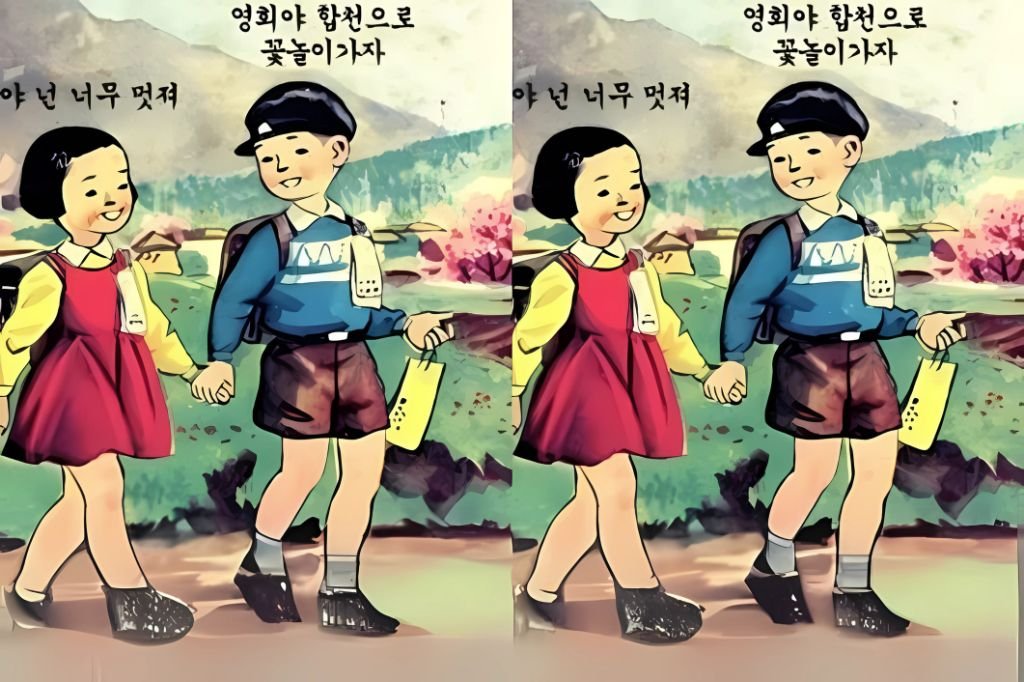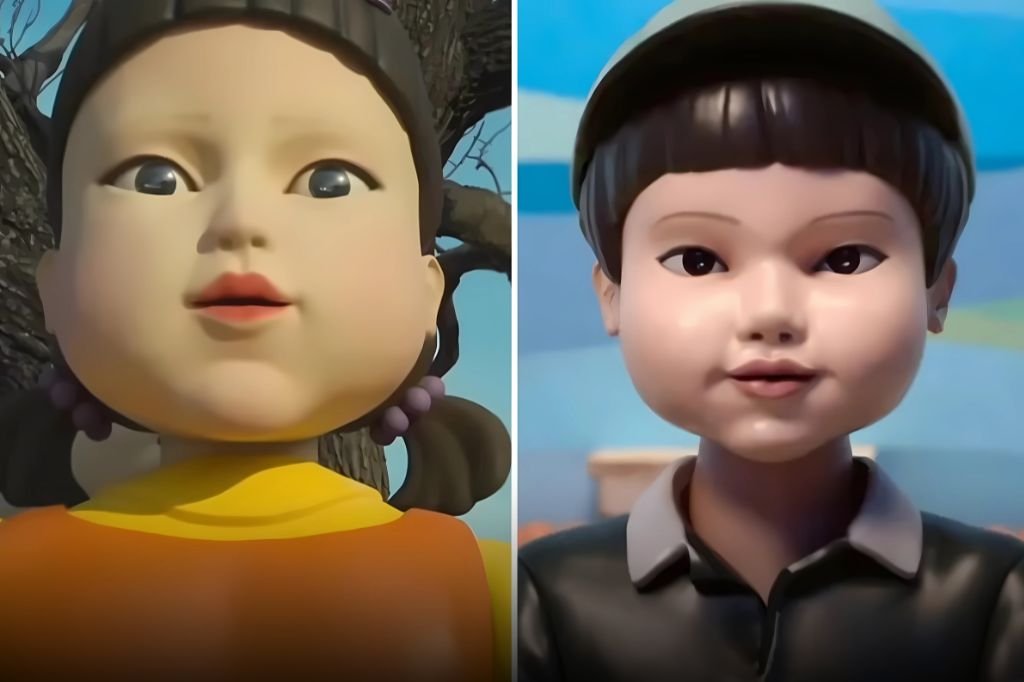Now Reading: The Origins of Squid Game’s Creepy New Doll Chul-Su
-
01
The Origins of Squid Game’s Creepy New Doll Chul-Su
The Origins of Squid Game’s Creepy New Doll Chul-Su

Netflix’s Squid Game instantly captured global attention with its unique blend of innocent childhood games and disturbing, high-stakes consequences. One of the most iconic elements from Season 1 was the gigantic, unsettling doll named Young-hee (Yong-hee) from the “Red Light, Green Light” game. But now, another equally terrifying doll named Chul-su (Cheol-su) is set to take the spotlight in Season 3. Let’s explore the intriguing backstory and theories behind Chul-su (Cheol-su) origin and his potential role in the series.
Table of Contents
Meet Chul-Su: Young-hee’s “Boyfriend” in Crime
The mid-credit sequence of Squid Game Season 2 shows players entering a new arena flanked by two figures: the familiar Young-hee and a never-before-seen boy doll. Named Chul-su, this character was first hinted at by series creator Hwang Dong-hyuk in 2022. While details remain scarce, Hwang confirmed that Chul-su is Young-hee’s “boyfriend” within the show’s twisted universe. But don’t expect a romantic subplot—these dolls are instruments of death, not love.
Young-hee, infamous for her role in the “Red Light, Green Light” game, uses motion-sensing technology to execute players who dare to flinch. Chul-su’s purpose, however, remains shrouded in mystery. Hwang has teased that the boy doll will debut in “the most exciting game” of Season 3, suggesting his role could eclipse even Young-hee’s terror.
Rooted in Korean Childhood Nostalgia

Like Young-hee, Cheol-su isn’t a random creation. Their names—Young-hee and Chul-su—are lifted straight from South Korean elementary school textbooks. For decades, these names have been used in children’s stories to teach reading and moral lessons. This connection is key to understanding the show’s thematic core.
Squid Game deliberately contrasts childhood innocence with adult brutality. Every deadly challenge—tug-of-war, dalgona candy carving, marbles—is a warped version of games played by Korean children. By using dolls named after textbook characters, the show forces players (and viewers) to confront the loss of innocence. As Hwang explained, the games are designed to evoke nostalgia before twisting it into horror.
Debunking the “Jack and Jill” Theory
One popular fan theory speculates that Chul-Su’s introduction hints at a game inspired by the nursery rhyme “Jack and Jill,” where contestants might need to complete a task involving carrying water uphill. However, since Squid Game predominantly focuses on Korean childhood games, this Western-inspired theory seems less probable.
Hwang Dong-hyuk has further dampened speculation, emphasizing that Chul-su’s debut will introduce something “entirely new.” The mid-credit scene offers a clue: a train crossing signal switching from red to green. Previously, Young-hee’s commands (“Red Light! Green Light!”) dictated movement. The train signal hints at a mechanic beyond verbal cues, possibly involving timed triggers or environmental hazards.
What Could Chul-su’s Game Involve?

While details are under wraps, theories abound. Some fans speculate the game could incorporate the trolley problem, a philosophical dilemma about sacrificing lives to save others. Imagine players forced to redirect a train (symbolized by Chul-su) toward one group or another, merging psychological torment with physical stakes. Others believe the boy doll might monitor players in tandem with Young-hee, creating a dual-threat system where survival requires obeying both.
Hwang’s promise of “the most exciting game” suggests Season 3 will escalate the brutality. Cheol-su’s design—a blank, wide-eyed stare mirroring Young-hee’s—implies he’ll share her merciless efficiency. But unlike his counterpart, he might introduce mechanics that test teamwork or morality, pushing players to betray allies or make impossible choices
Why Cheol-su Matters Beyond the Games
Cheol-su’s inclusion isn’t just about upping the gore quota. Culturally, he reinforces the show’s critique of systemic exploitation. Young-hee and Chul-su represent how society repurposes childhood symbols into tools of control—a metaphor for how capitalism manipulates nostalgia and innocence to enforce conformity. Their presence also hints at the games’ origins. Are these dolls products of the Front Man’s regime, or do they trace back to earlier iterations of the competition?
Moreover, their paired dynamic—a “couple” overseeing slaughter—adds a layer of grotesque irony. In a show where human connections are both a lifeline and a liability, Cheol-su and Young-hee embody the paradox of unity and destruction.
The Wait for Season 3 Final episodes
Until Squid Game returns, Chul-su remains an enigma. Will he star in a standalone game, or will he and Young-hee collaborate in a nightmarish duo? Hwang’s track record suggests viewers should expect the unexpected. One thing’s certain: the boy doll’s arrival will deepen the show’s exploration of childhood’s dark underbelly—and likely leave us all checking over our shoulders for robotic stares.
As theories swirl and anticipation builds, Chul-su stands as a reminder that in Squid Game, even nostalgia can be weaponized. And if Young-hee’s reign of terror taught us anything, it’s that the most innocent faces often hide the deadliest secret
Don’t Miss These
- If you want to watch something light humour this week – Binge watch this
- I dare you, you definitely face this problem with Netflix! – Here’s the solution
- If you miss this show i dare you will regret – Check Here



























